Many culinary , tourism and cultural experts participated in reporting on this survey, and highly appreciated the recommendations and proposals on building a national standard framework for the traditional Vietnamese restaurant system.
Thereby, some necessary requirements and directions to find solutions to promote the effective operation of traditional restaurants and eateries have also been set out.
Looking for a traditional restaurant framework?
Hue College of Tourism was chosen as the unit to organize the survey and evaluation of traditional Vietnamese restaurant standards, and had a practical report on this topic with the Ministry of Culture, Sports and Tourism in the first week of October 2025.
Accordingly, the school conducted a survey with 250 representative questionnaires in the first round, carried out in all 3 regions: North, Central, South and Central Highlands, with the survey components including 7 groups of subjects related to restaurant activities, culinary tourism and related scientific research.
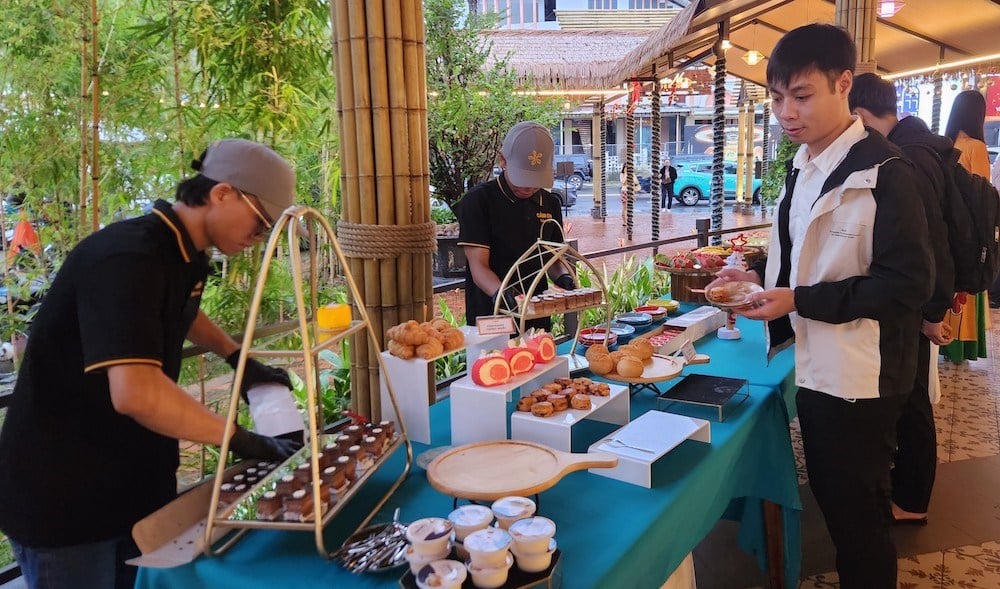
The results are seen as typical and objective, in which standards on operational practices in restaurants, perceptions of academia, training, policy development and the market are taken into account.
The representative of the survey organization said that the objective of the work was clearly shown, aiming to find a standard framework for the system of traditional Vietnamese restaurants, implying a general assessment to have a common voice on the structure of the traditional restaurant model.
This will have a positive impact on general activities in the culinary culture and cultural tourism industry, aiming to create a common awareness environment among the social community and management.
The result is a set of national standards for traditional restaurants that will be developed and applied, thereby standardizing culinary tourism activities nationwide in terms of traditional culinary culture and international tourism cultural and economic integration standards.
In fact, according to the reflection of the culinary business community, the investment context of national culinary culture has had many different schools and methods, and mainly depends on the perception and subjective views of investors as well as the operating apparatus.
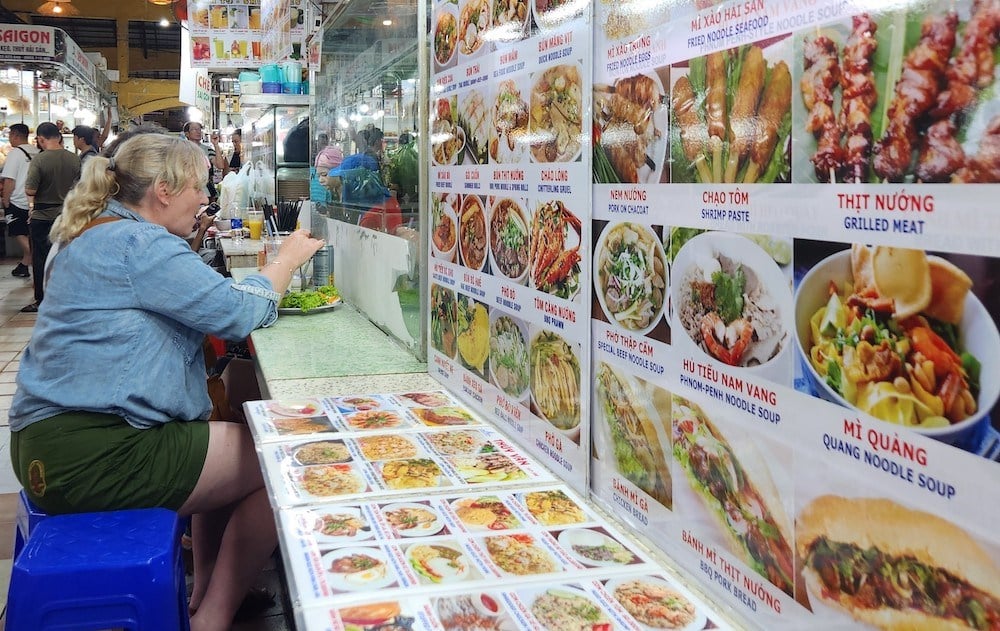
The separation between local culinary schools is therefore very clear and even antagonistic. Even within a common regional culinary context, the application of different investment standards, culinary spaces, communication languages, etc. are not uniform with each other.
As the training and operational orientation of each restaurant management system is different, the complexity in distinguishing and building the right traditional restaurant model in each locality increases.
Then, when combined with the perception and emotional experience of diners, the distinction becomes even more complex. All of this requires the management industry to soon have a unified assessment and a national standard framework is very necessary.
Common voice on national cuisine
According to a report on standard development by a number of culinary and traditional restaurant consultants, the first survey has achieved basically positive results, raising many essential issues for investment and operation of traditional restaurants.
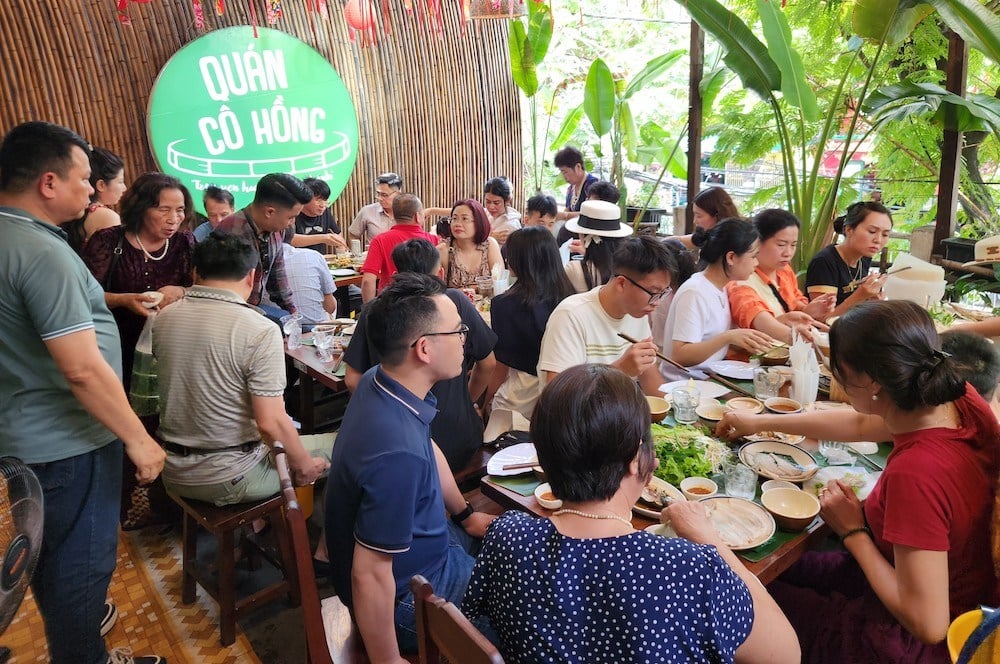
The report basically proposed a set of common standards for traditional Vietnamese restaurants, based on differences in regional culinary culture and trying to reach a common, consistent and convenient criterion.
That is, standardizing cultural culinary spaces with cultural elements of communication, instructions, basic requirements on hygiene, environment, cultural institutions, etc. in a reasonable manner.
A traditional restaurant, accordingly, is more clearly defined in terms of brand positioning requirements, image, organizational structure, operating team, menus, food standards, decoration style, service...
Some standards of staff are evaluated more accurately, in terms of language, body shape, uniform, movements... and especially communication culture, level of understanding, introducing activities, and local culinary content.
Mr. Tran Van Thang, a culinary expert in the Central region, believes that the idea of standardizing traditional restaurants is very noteworthy, because at least the issue of distinguishing between restaurants and regional culinary dishes has been clearly raised.
This will help increase the brand value awareness of restaurants in the eyes of diners, especially the majority of tourists.
Since most tourists will be visiting a locality for the first time, or even stepping into a traditional restaurant just once, the feelings they have are very important.
If restaurants are not well organized, not well recognized, and do not have a suitable and impressive menu, the culinary efficiency of tourists will certainly decrease.
Simply walking into a Hue restaurant and being greeted by staff speaking the Northern dialect is already a inconvenience. More importantly, behind the menus, there must be stories, information about the dishes, spices, and local ingredients used in preparation, all of which need to be conveyed correctly and appropriately by the restaurant staff.
Any errors in information at the restaurant and through the staff can sometimes affect the context, culinary environment and tourism culture at the destination.
“We believe that building a set of national standards for traditional cuisine restaurants is necessary and needs to be implemented thoroughly. This is just the first step in building a roadmap for building national cuisine on the path of integration. When traditional restaurants have a common image and voice, many values will be raised,” said Mr. Thang.
Source: https://baovanhoa.vn/du-lich/xay-dung-tieu-chuan-quoc-gia-ve-nha-hang-truyen-thong-174184.html



![[Photo] National Assembly Chairman Tran Thanh Man attends the 725th anniversary of the death of National Hero Tran Hung Dao](https://vphoto.vietnam.vn/thumb/1200x675/vietnam/resource/IMAGE/2025/10/12/1760285740475_ndo_br_bnd-8978-jpg.webp)


![[Photo] Delegation attending the Government Party Congress visited President Ho Chi Minh's Mausoleum](https://vphoto.vietnam.vn/thumb/1200x675/vietnam/resource/IMAGE/2025/10/12/1760240068221_dsc-3526-jpg.webp)
![[Photo] The 1st Government Party Congress held a preparatory session.](https://vphoto.vietnam.vn/thumb/1200x675/vietnam/resource/IMAGE/2025/10/12/1760257471531_dsc-4089-jpg.webp)
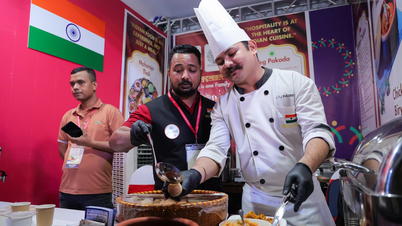

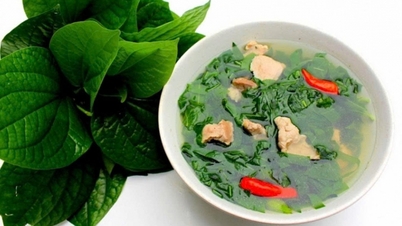

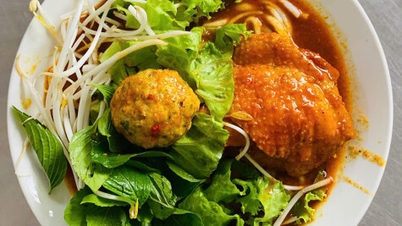

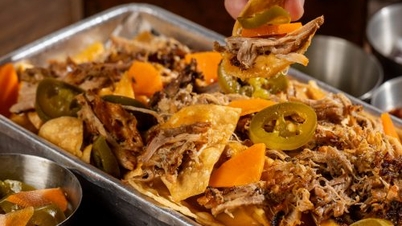


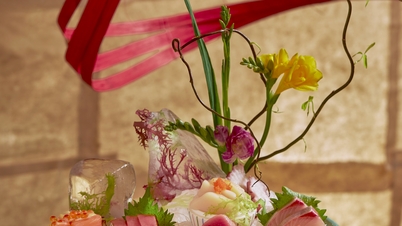
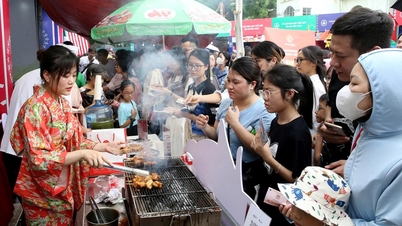
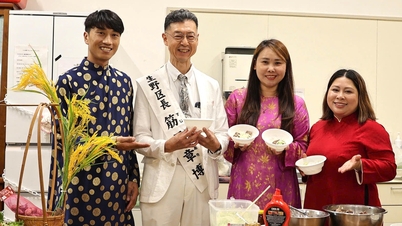

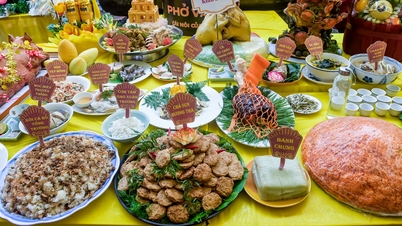

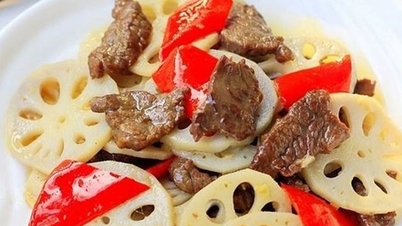








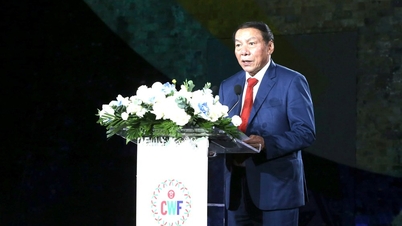



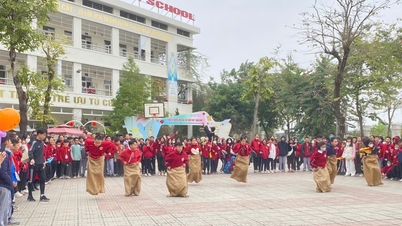



























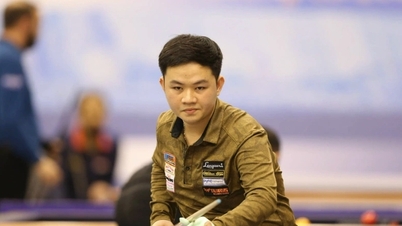


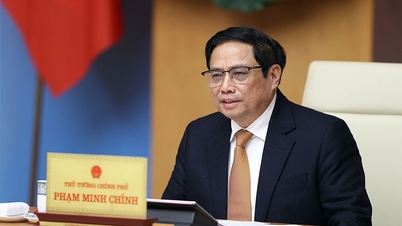

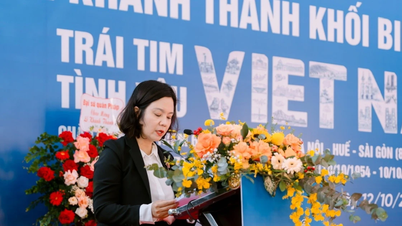
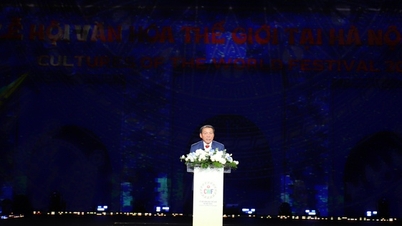

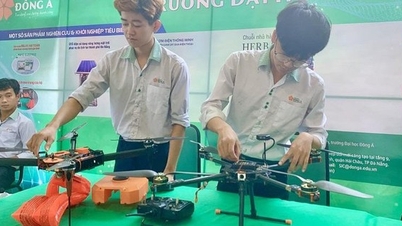

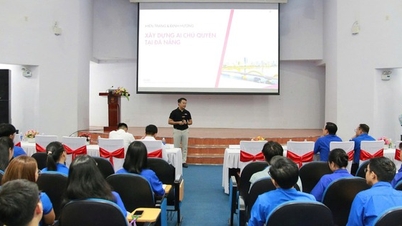
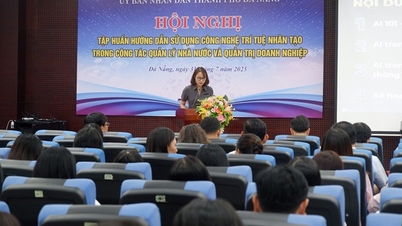
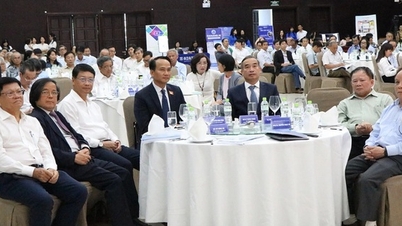
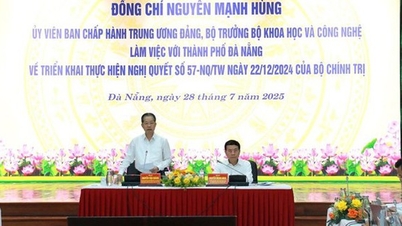

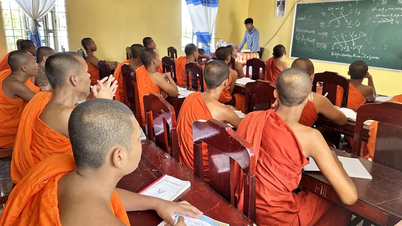

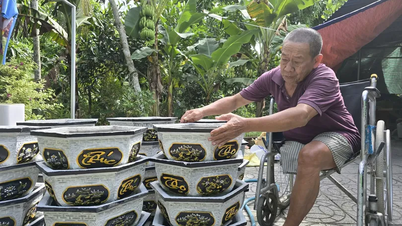

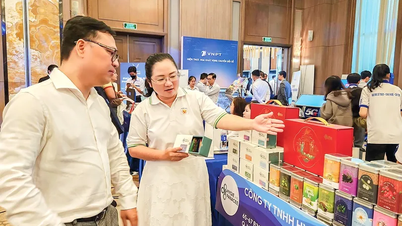
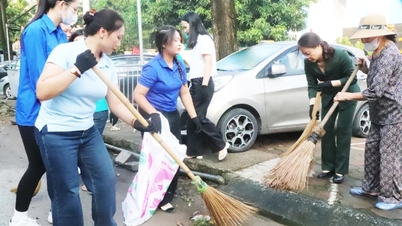
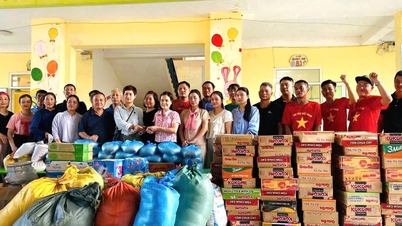















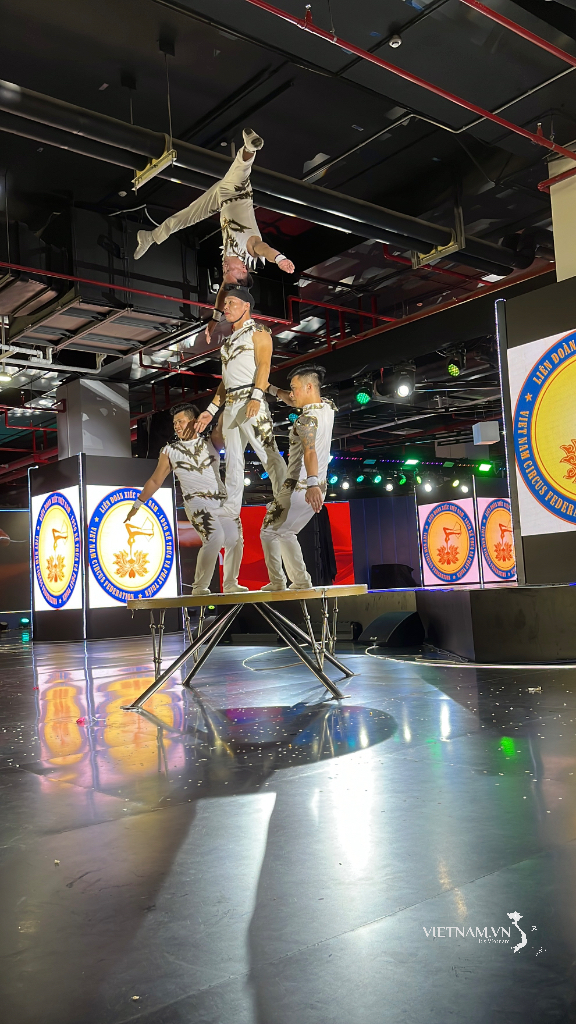
Comment (0)